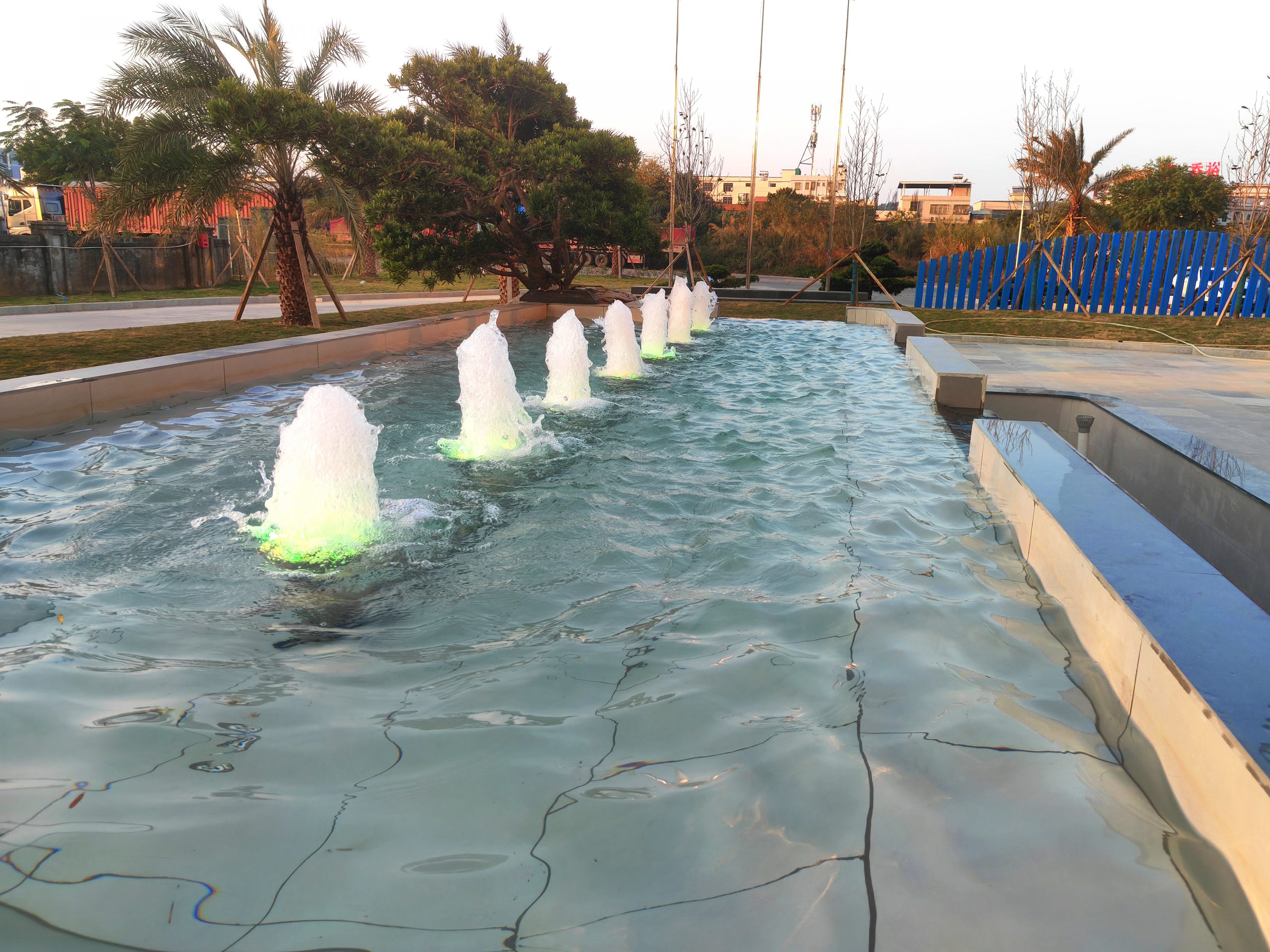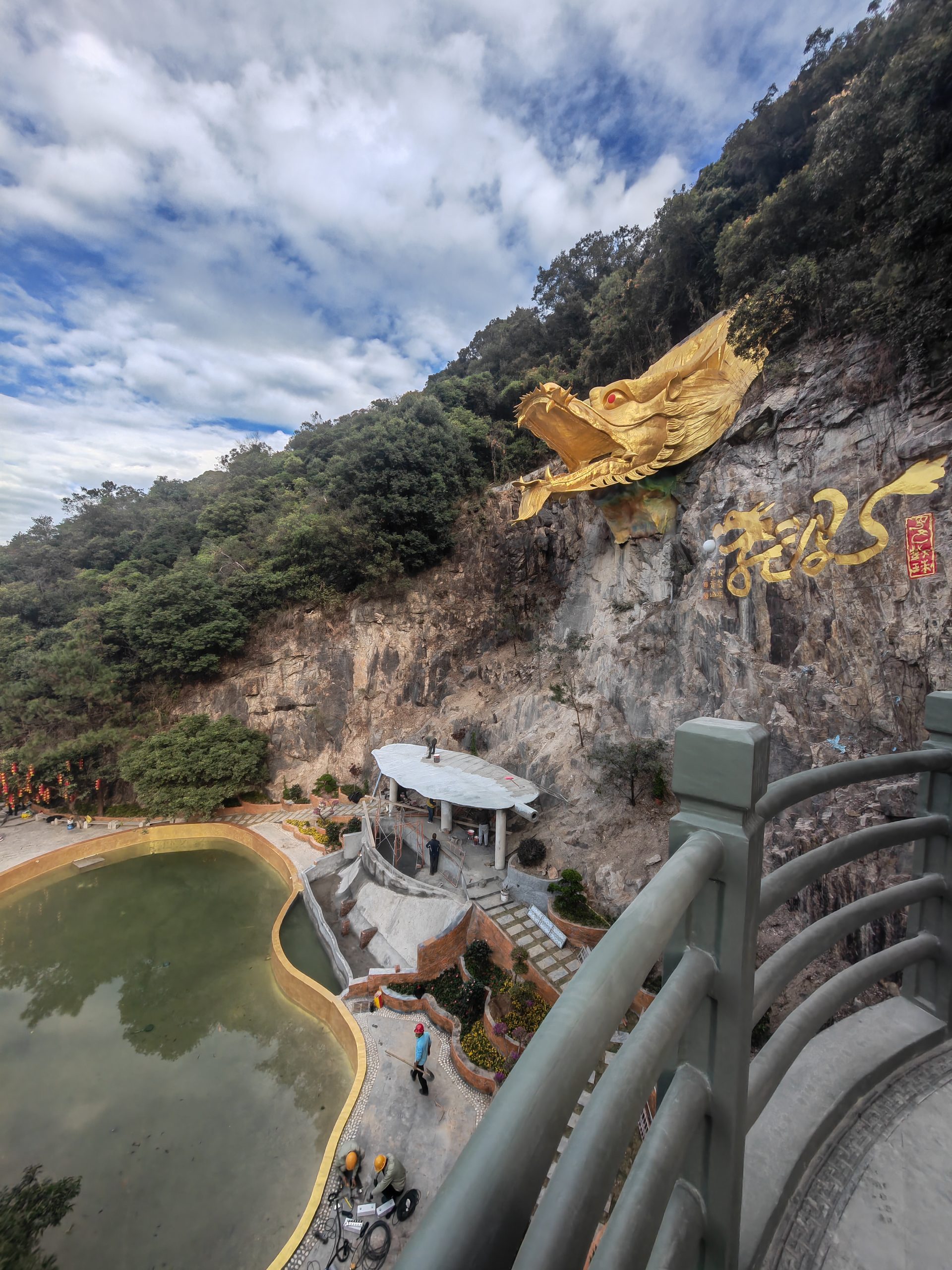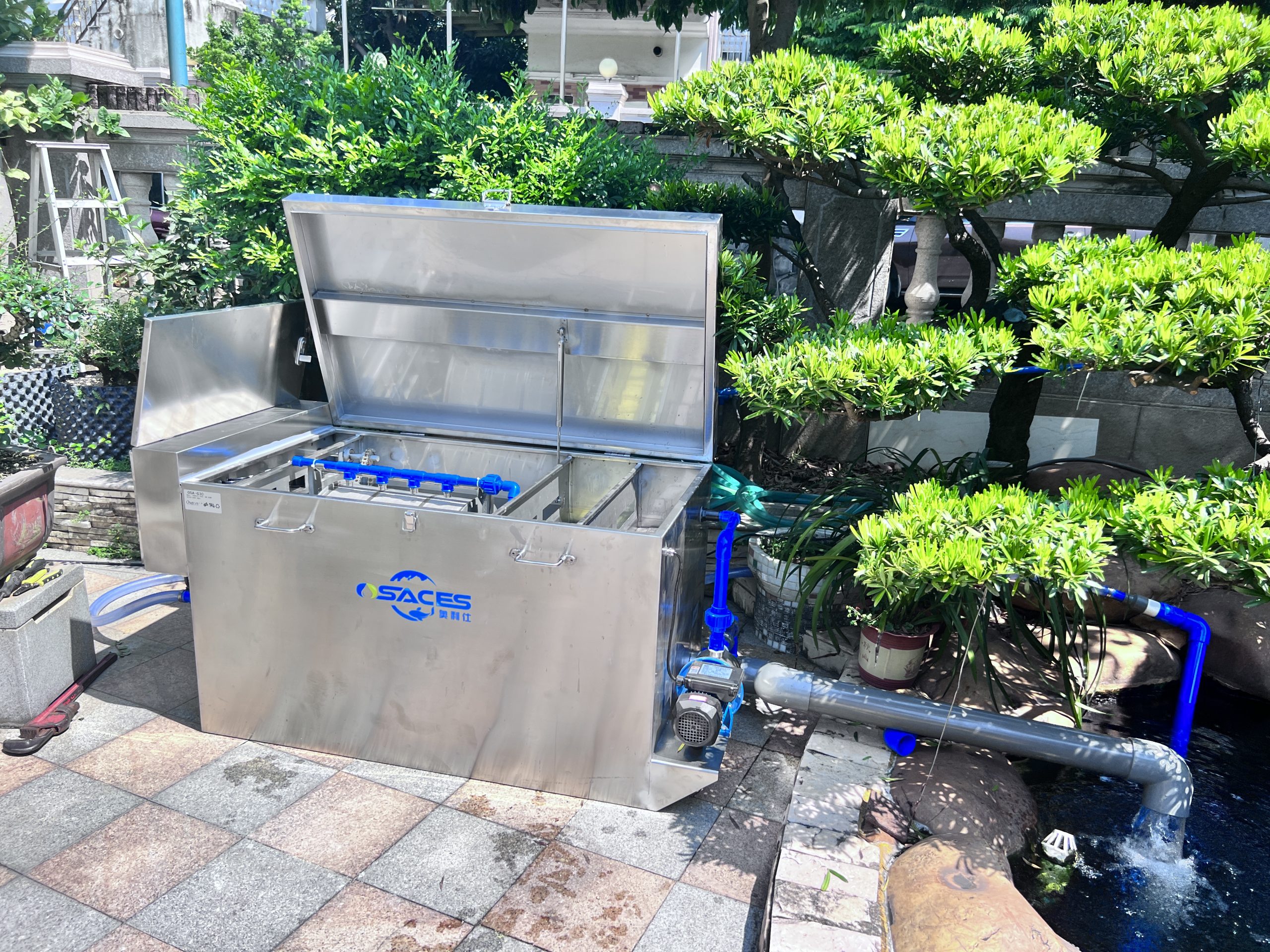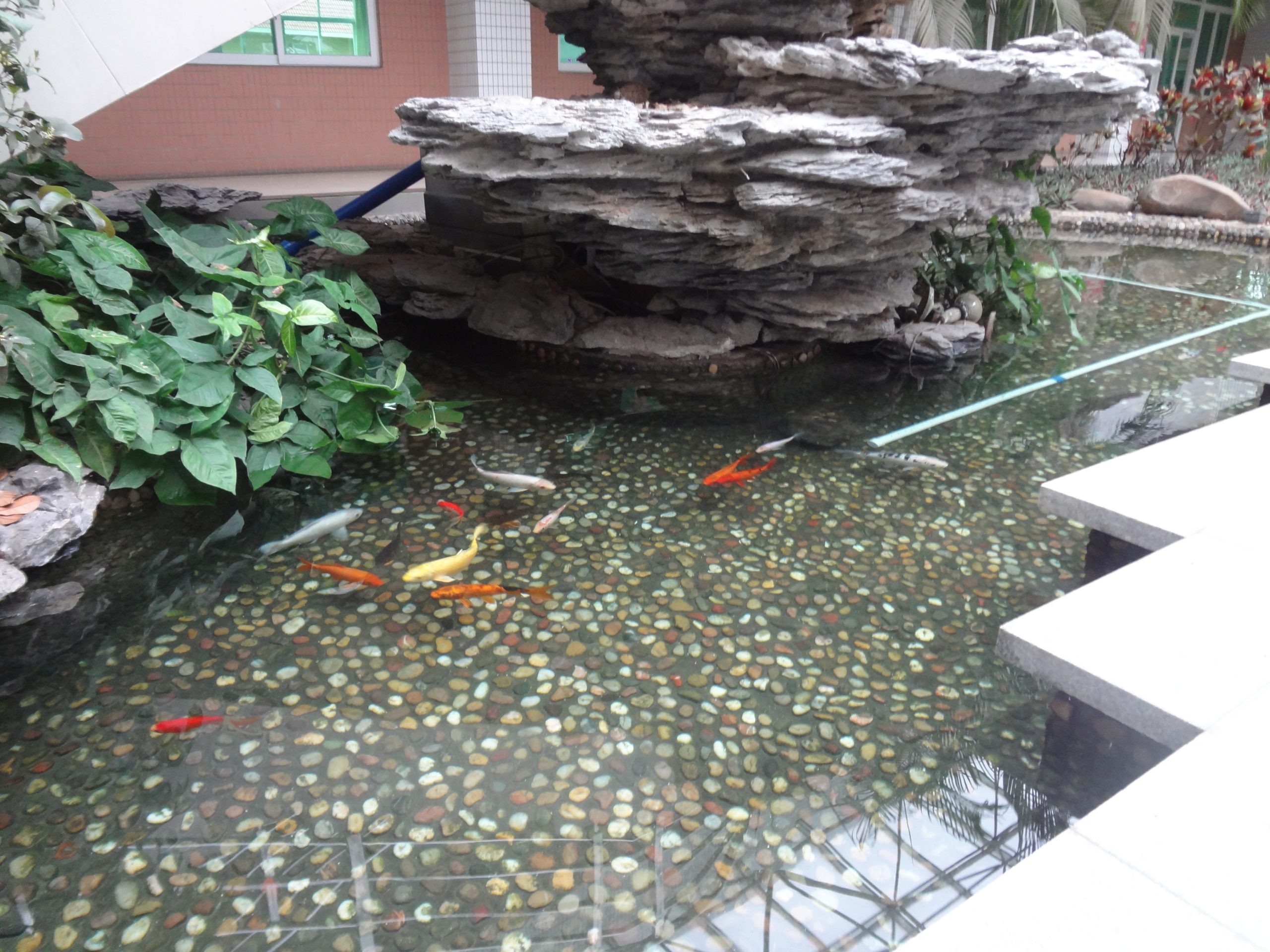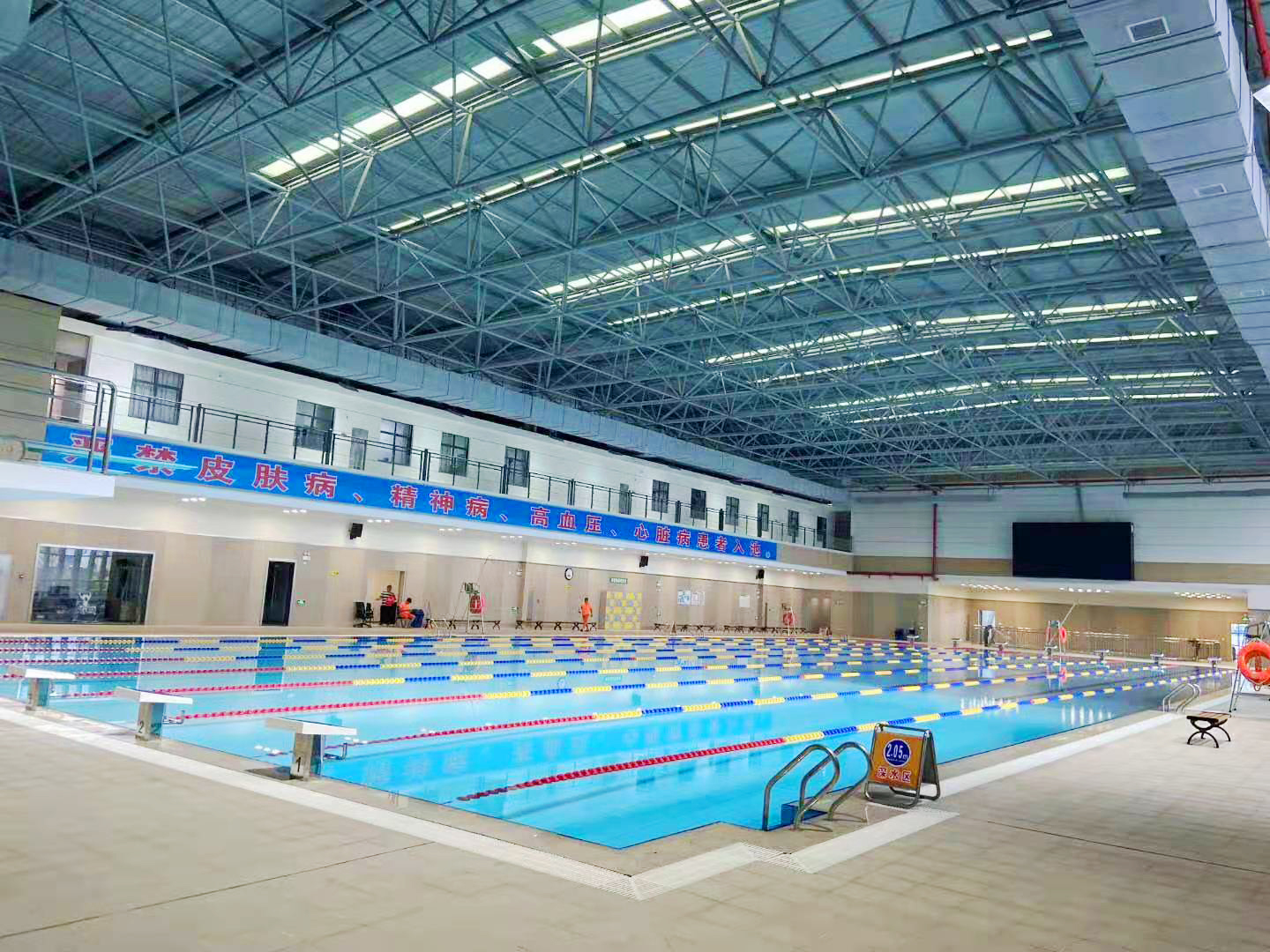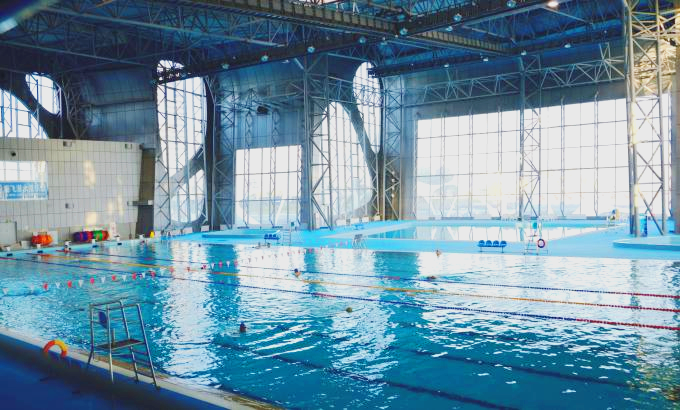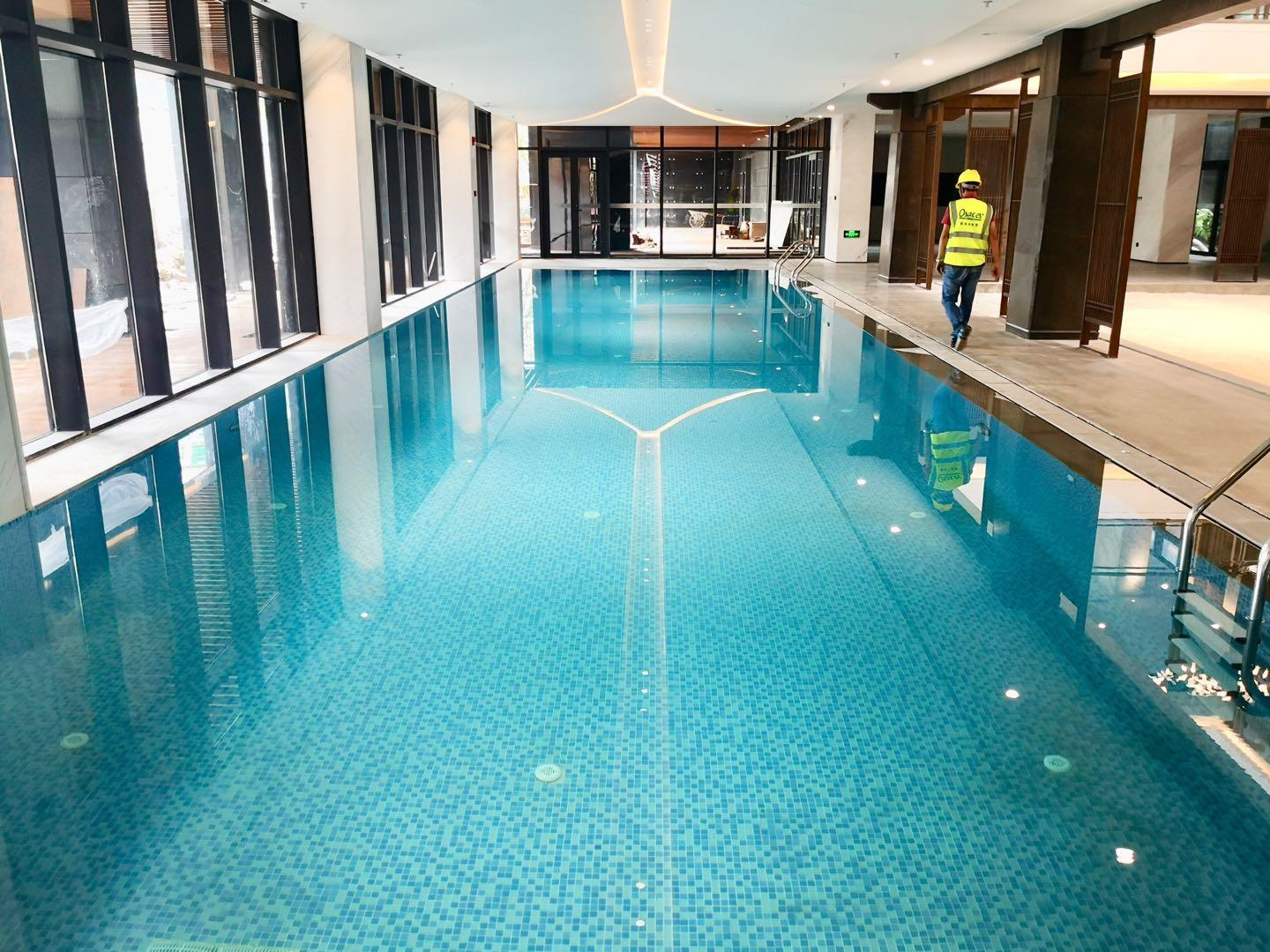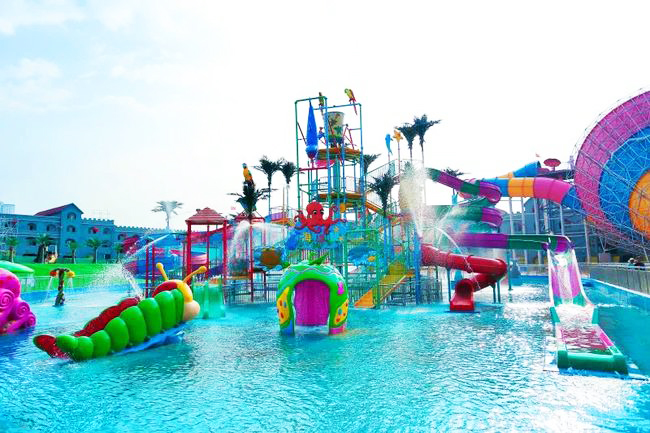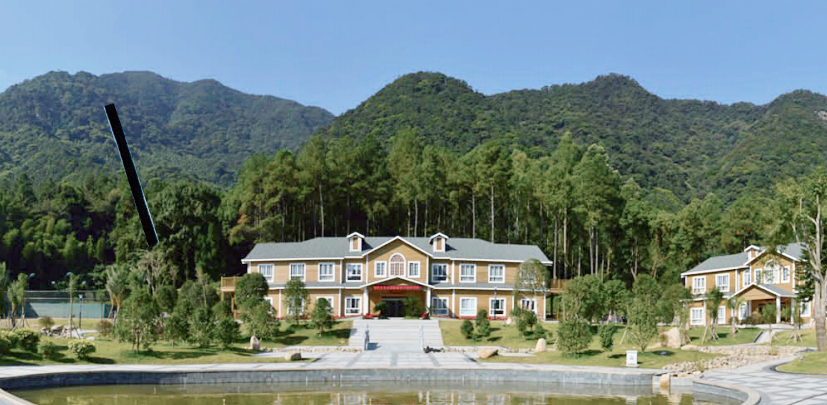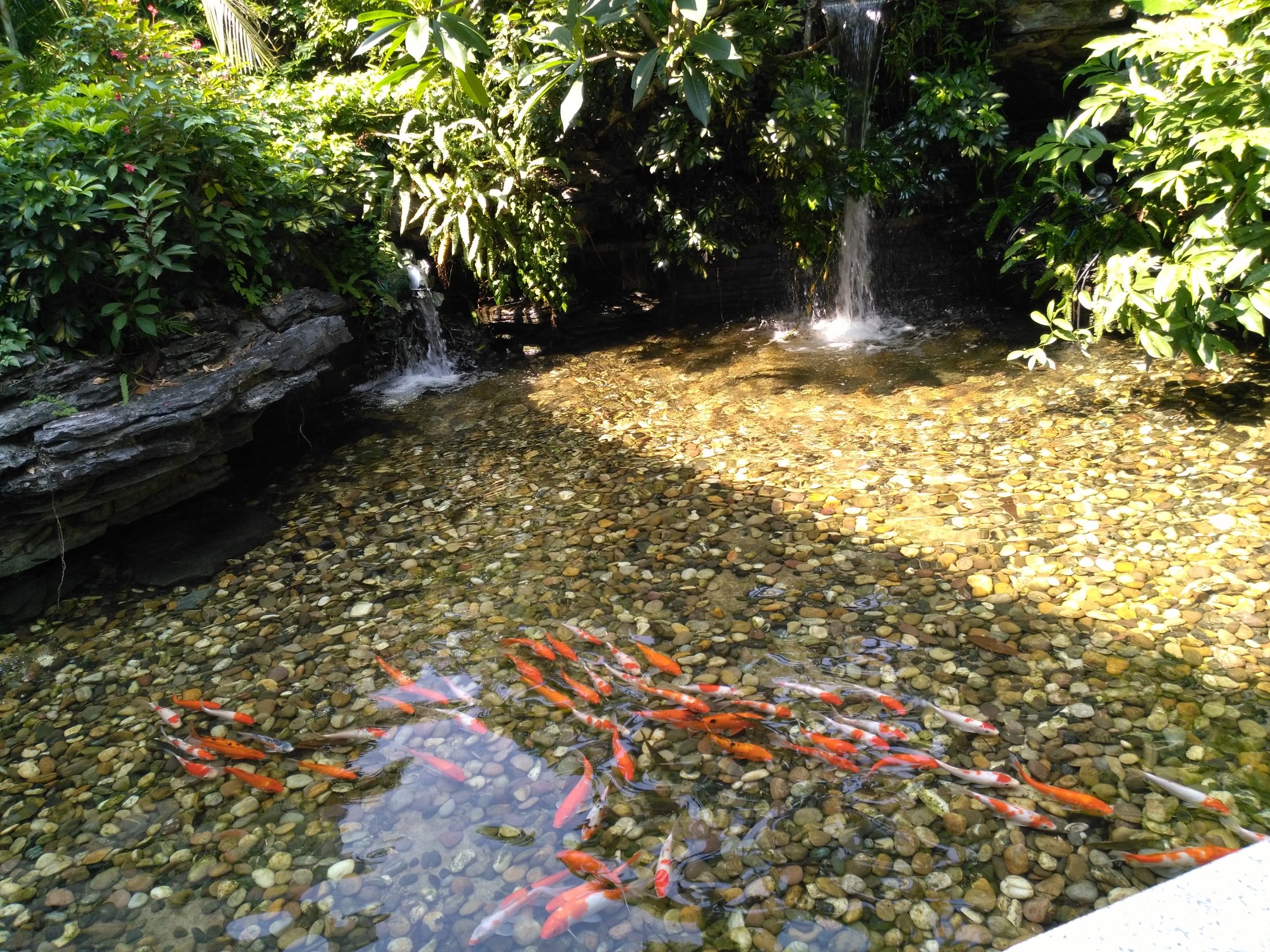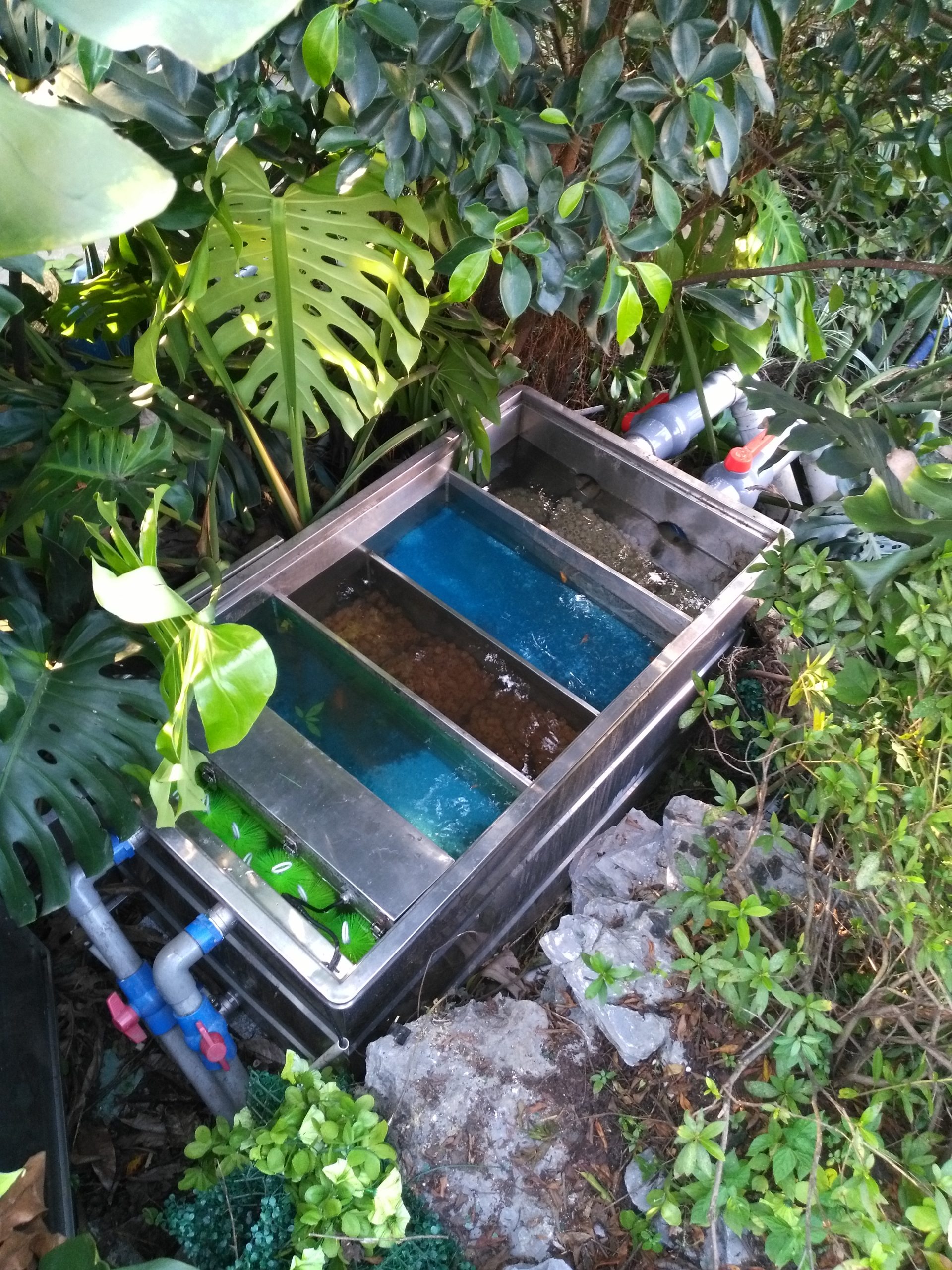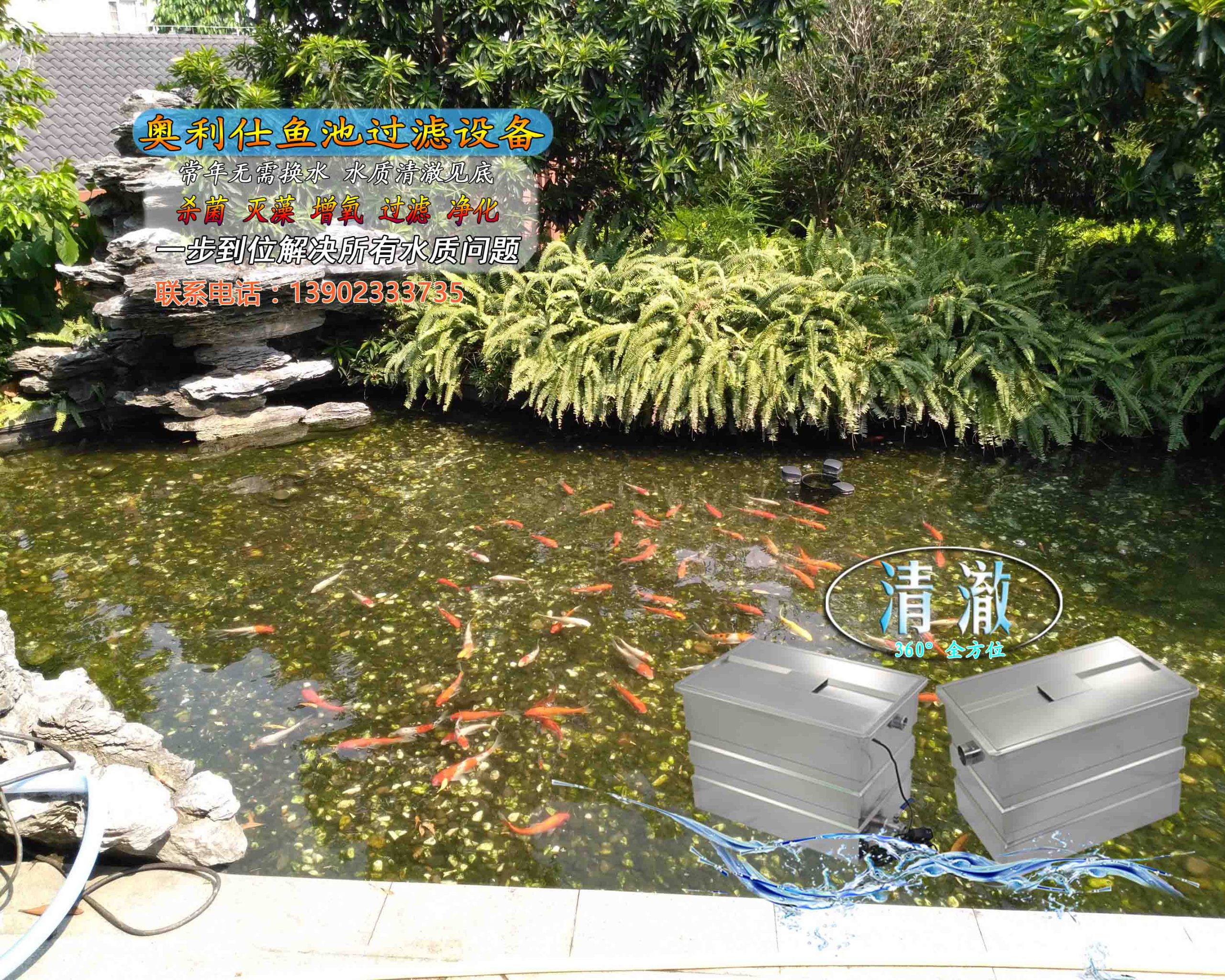What causes new koi to get sick easily?
Article source: Ollies (Guangzhou) Recreation and Sports Equipment Co., Ltd Popularity: (Clicked 583 times) Service Hotline: (020)82686289
I don't know if you have noticed, but the water quality in a regular fishery is usually much better than the water quality in your own pond or tank.
I. Differences in the physical environment
First of all, the water body of the fishery is large, and the density of the fish is well controlled, so it is relatively easy to maintain the water quality in a relatively good state. There is also a fishery in and out of the frequency of fish to be much higher than ornamental players, regular insecticidal disinfection is also done relatively more frequently. Most of the private fish pond conditions are limited, limiting the amount of water, coupled with the fish pond filtration design and construction of the differences in the selection of filter material and the frequency of insecticidal sterilization and other reasons, resulting in the home of the water quality compared to the fishery is relatively poor.
 Koi become ill due to excessive fluctuations in water temperature from the previous body of water, changes in water quality, nutritional deficiencies, and pathogen infections. Therefore, it is vital that new fish come home to the water transfer program and staging. The fact that koi can be bought and taken straight into the water (soaking bags and overwatering procedures are omitted) without previous water husbandry is a big mistake and one of the causes of the new koi pond effect.
"Water is pure and soft, but it is not as simple as we think, and it is this seemingly pure and simple substance that is the key to good koi keeping.
II. Whether the biochemical system is perfect and healthy
Koi become ill due to excessive fluctuations in water temperature from the previous body of water, changes in water quality, nutritional deficiencies, and pathogen infections. Therefore, it is vital that new fish come home to the water transfer program and staging. The fact that koi can be bought and taken straight into the water (soaking bags and overwatering procedures are omitted) without previous water husbandry is a big mistake and one of the causes of the new koi pond effect.
"Water is pure and soft, but it is not as simple as we think, and it is this seemingly pure and simple substance that is the key to good koi keeping.
II. Whether the biochemical system is perfect and healthy
There are two types of bacteria in water: autotrophic and heterotrophic. Depending on their role, they can be divided into beneficial and non-beneficial bacteria. These two types of bacteria then form the starting point for the entire nitrification process.
Heterotrophic bacteria can break down organic matter in water and release ammonia. So what is organic matter? What is the definition of organic matter, first of all organic matter in the water includes koi feces, feed residues, fish carcasses etc.
Heterotrophic bacteria will break down this organic matter to form highly toxic ammonia, which in trace amounts can cause koi to die, or in smaller amounts can cause fish to become ill.
The most abundant of the autotrophic bacteria are the nitrifying bacteria. WhileNitrifying bacteria are good at breaking down ammoniaIt can break down ammonia to release nitrite, but don't think it's okay, although nitrite is not as toxic as ammonia, but it can cause fish death when it reaches a certain amount. However, nitrite is not very stable, in the presence of oxygen conditions are easily oxidized, converted to nitrate. The toxicity of nitrate is very weak and can be diluted by regular water changes. Keep the water body in a more stable and safe level.
 A complete and sound nitrifying flora in the water is the only way to ensure a safe and non-toxic environment for the koi, and to avoid koi diseases caused by poor water quality. Therefore, how to clean the organic matter in the water in time becomes the first problem of how to maintain the water quality. Therefore, when designing the filtration, you need to consider the cleaning of the sedimentation bin, while the filtration of the aquarium should consider how to do the physical filtration, do a good job to do wet and dry separation.
III. Factors affecting nitrification systems
A complete and sound nitrifying flora in the water is the only way to ensure a safe and non-toxic environment for the koi, and to avoid koi diseases caused by poor water quality. Therefore, how to clean the organic matter in the water in time becomes the first problem of how to maintain the water quality. Therefore, when designing the filtration, you need to consider the cleaning of the sedimentation bin, while the filtration of the aquarium should consider how to do the physical filtration, do a good job to do wet and dry separation.
III. Factors affecting nitrification systems
There are many factors that affect the strength of the nitrification system, such as:
1, high temperature, nitrifying bacteria active. That is to say, the higher the temperature of the water, the more efficient the nitrifying bacteria are in breaking down ammonia.
2. High PH, active nitrifying bacteria. Koi like weak alkalinity, and it just so happens that the higher the PH, the more active the nitrifying bacteria are.

3. High organic matter and inhibition of nitrifying bacteria.
Organic matter is food for heterotrophic bacteria, and the more organic matter there is, the more heterotrophic bacteria there are, and the number of heterotrophic bacteria is inversely proportional to the number of nitrifying bacteria, so the more organic matter there is, the more nitrifying bacteria will be inhibited.
4. With light, nitrifying bacteria are inhibited.
Nitrifying bacteria are oxygen-loving and light-absorbing bacteria, so filter tanks equipped with filter media should be protected from light and kept out of the sun as much as possible.
5. There are chemicals that nitrifying bacteria inhibit.
IV. Peak morbidity during the rainy season
The rainy season is a time when water temperatures and pH levels are prone to change and when carp are prone to disease.
Ponds that are worried about being affected by rain, which can cause changes in water quality, should reduce the amount of bait they feed. If you find that the carp are in an abnormal condition, you must stop feeding them for a while and check to see if the carp are sick? Is there a problem with the filter tank? Increase the amount of new water, drain some more bottom water, put in organic matter decomposing enzymes or purifying bacteria, and the outside ponds will be particularly hard work, however, it is best not to make drastic changes in water quality.
 In addition, green algae can grow in the pool due to inadequate filtration of the pond, which increases the nitrogen compounds needed for green algae to reproduce. More bait is fed, the carp excrete more and more, the water temperature increases, and poor conditions are created where the pool water tends to rot.
Koi from different fisheries purchased at one time need to be kept separately for quarantine treatment. New fish will carry some germs in their bodies, but because they have antibodies against the pathogens, they will not get sick. Even though we have sterilized the surface of the koi, the germs carried in the bodies of the newly purchased koi will make the koi already being kept in your original tank or pool susceptible to disease because they do not have such antibodies.
Therefore, when purchasing new fish, they should be kept in isolation for more than 10 days to ensure that they are free of disease before they are mixed with the original koi. The optimum quarantine period is 30 days. During this period, when a fish disease occurs, it should be treated immediately. The new koi should be kept off food for 3 days, after which they should be gradually fed with special koi feed. At this time, the feed should be of high quality and easy to digest, and the principle of small meals, gradually increase the feeding amount, feeding 5 days, and then reach the standard feeding amount. At this point, the main work of the entire water transfer process is basically complete, and I hope that through my introduction, you will be able to have some understanding of the process of koi water transfer, so that your carp can grow up healthily.
In addition, green algae can grow in the pool due to inadequate filtration of the pond, which increases the nitrogen compounds needed for green algae to reproduce. More bait is fed, the carp excrete more and more, the water temperature increases, and poor conditions are created where the pool water tends to rot.
Koi from different fisheries purchased at one time need to be kept separately for quarantine treatment. New fish will carry some germs in their bodies, but because they have antibodies against the pathogens, they will not get sick. Even though we have sterilized the surface of the koi, the germs carried in the bodies of the newly purchased koi will make the koi already being kept in your original tank or pool susceptible to disease because they do not have such antibodies.
Therefore, when purchasing new fish, they should be kept in isolation for more than 10 days to ensure that they are free of disease before they are mixed with the original koi. The optimum quarantine period is 30 days. During this period, when a fish disease occurs, it should be treated immediately. The new koi should be kept off food for 3 days, after which they should be gradually fed with special koi feed. At this time, the feed should be of high quality and easy to digest, and the principle of small meals, gradually increase the feeding amount, feeding 5 days, and then reach the standard feeding amount. At this point, the main work of the entire water transfer process is basically complete, and I hope that through my introduction, you will be able to have some understanding of the process of koi water transfer, so that your carp can grow up healthily.
 Ollies (Guangzhou) Recreation and Sports Equipment Co.
Ollies (Guangzhou) Recreation and Sports Equipment Co.






